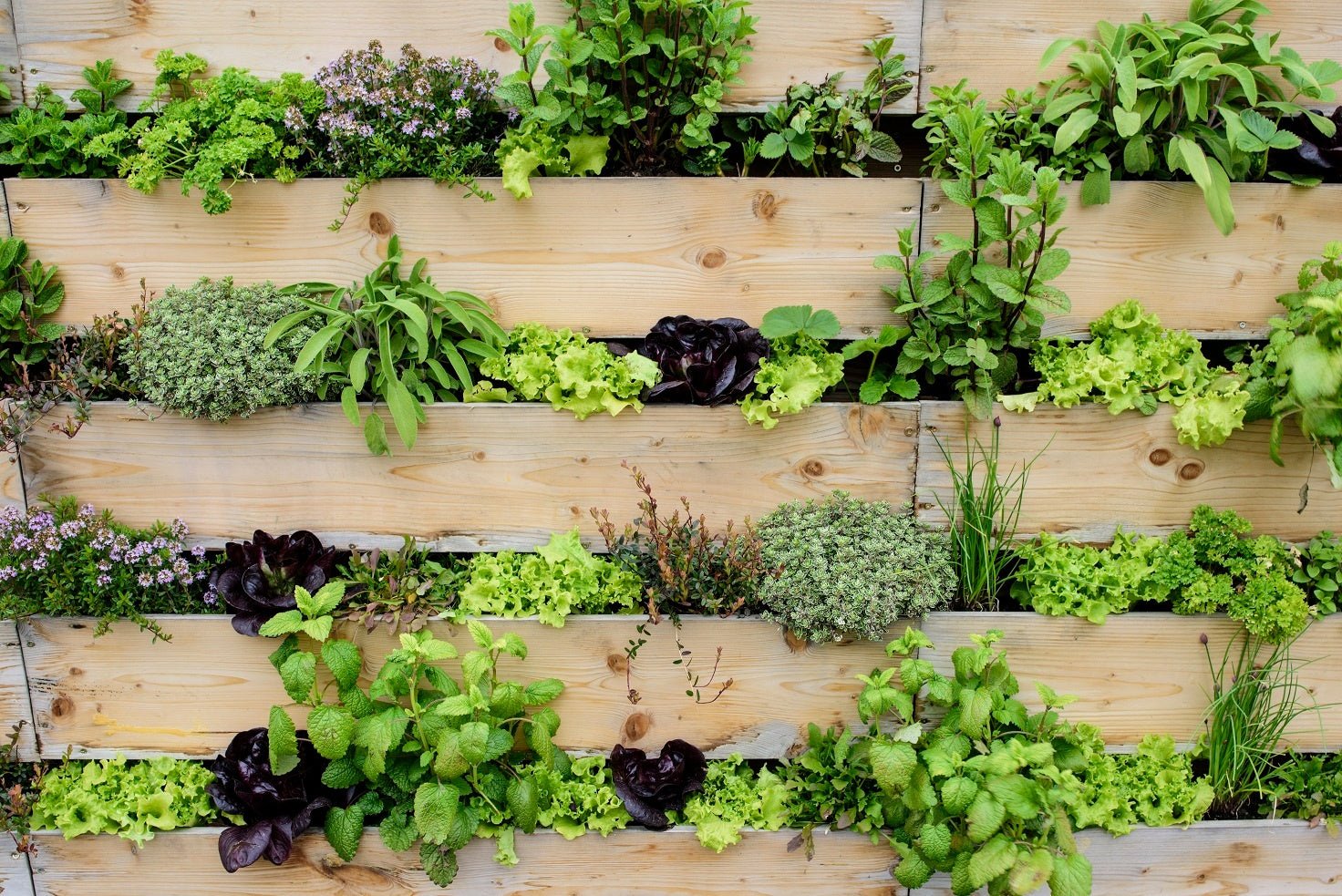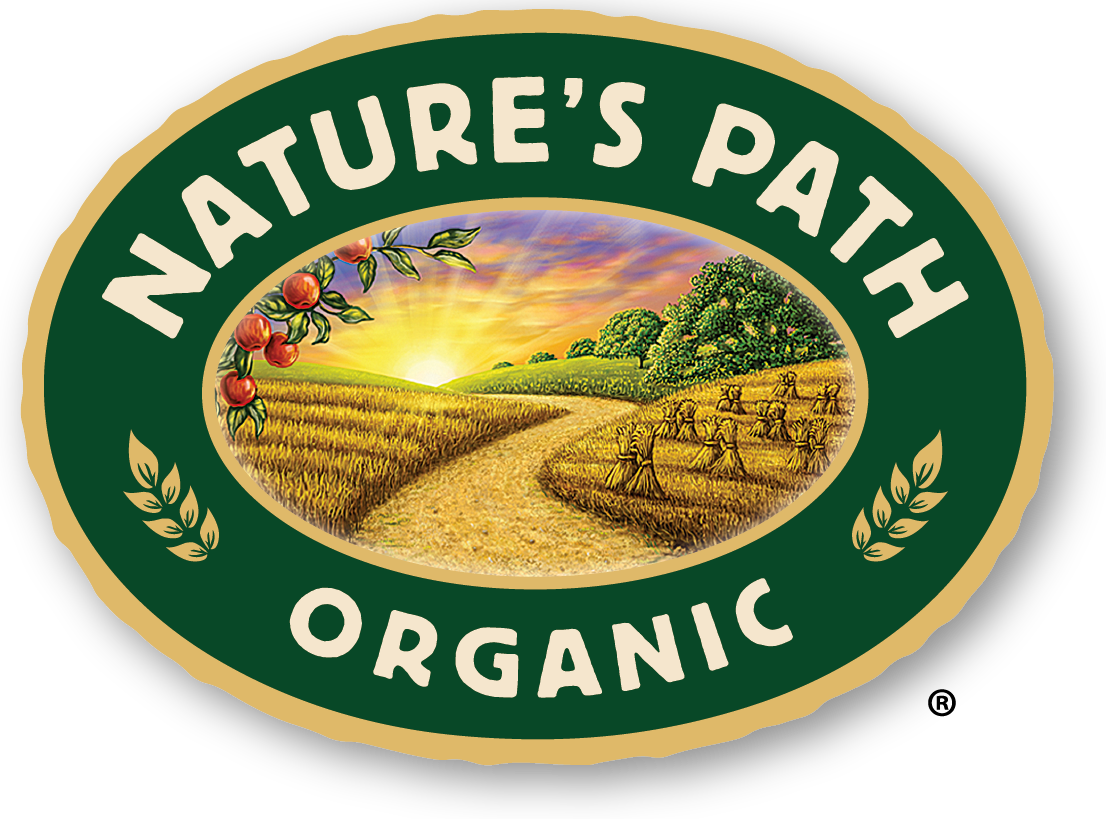
Harvest More With Vertical Gardening
There are many reasons to grow up in your garden. You may have a small garden space or only a balcony. There might be a blank or unattractive wall you’d like to cover. Perhaps you need some privacy or shade, or would like to decorate your entryway with an arbor. If you have a large level yard, you can visually break it up with vertical plantings.
n
Tags:
There are many reasons to grow up in your garden. You may have a small garden space or only a balcony. There might be a blank or unattractive wall you’d like to cover. Perhaps you need some privacy or shade, or would like to decorate your entryway with an arbor. If you have a large level yard, you can visually break it up with vertical plantings.
In the vegetable garden, you can plant and harvest more by trellising certain varieties. Fruits are cleaner, and harvest is easier, because you don’t have to bend down. It’s also easier to check for insects and diseases on upright plantings.
Peas, beans, squash, cucumbers, melons, pumpkins, and tomatoes can be trained to grow up. Do not plant bush varieties! Be sure you have vining types of plants, and indeterminate tomatoes. But make sure your support is strong enough to hold the weight of your fruits when the plants are mature:
Growing up with vining plants
- The tendrils of peas, squash, melons, pumpkins, and cucumbers will wrap around thin fencing, such as wire or twine.
- (Squash, melons, pumpkins, and cucumbers will need to be tied to a sturdy support, as their fruit is heavy.)
- Pole beans naturally wind around whatever is nearby, so you can use a thicker support. Here are some ideas for trellising peas and beans.
- Tomatoes need to be tied to a support with soft cloth strips, such as old flannel sheets or fabric scraps. Here are several ideas for staking tomatoes.
Growing up in planters
Vining plants are not the only ones suitable for vertical gardening.- Plant shallow rooted herbs, greens, and flowers in containers that can be stacked or hung. You can build fences, cover ugly walls, block an unwanted view, or just get more space for gardening! That’s enough reason for me! (Learn more about container gardening)
- Clean up an old pallet, attach landscape fabric to the back and sides, cut small drainage holes in the back, and plant lettuce and herbs. Let them get adjusted for a week or two with the pallet on the ground, then prop your garden up against a wall.
- Make an herb garden in the type of shoe organizer that hangs on the closet door. Poke drainage holes in the back of each section, fill with soil, and plant your favorite herbs. Hang it near the kitchen door for easy access when you’re cooking.
- Build a wall, fence, or divider of planter boxes stacked alternately. Fill with a wide variety of plants, and be sure to include some that drape over the edges to flow into the empty spaces.
- Link a series of gutters together with heavy chain in horizontal rows. Leave enough room between them so the plants are not cramped. Drill holes in the bottom for drainage. Hang this from a porch support or rafters, if you don’t live in a windy area. You can build a frame for support, or attach it or individual gutters to a wall.
Would you like to be the first to hear about our new products and more? Sign up for our Nature’s Path Newsletter.








